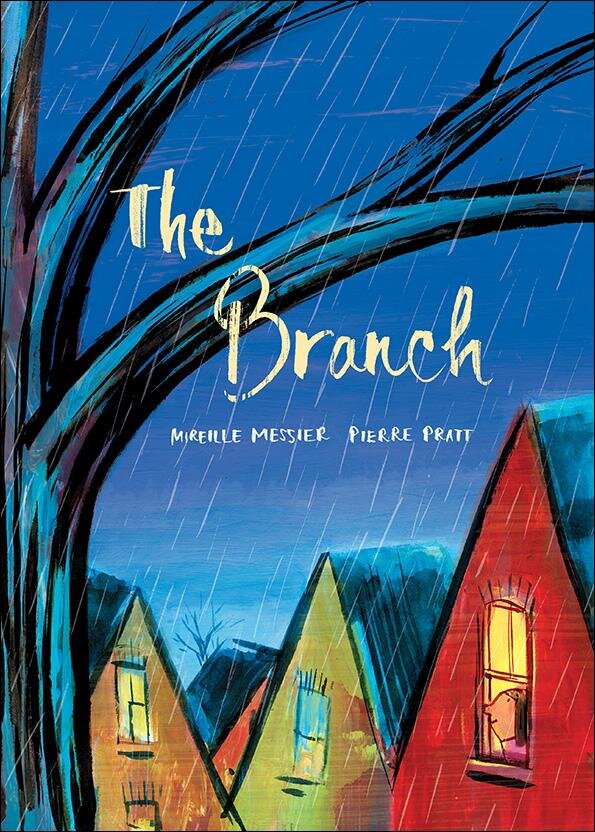The Magic of Creativity
Living a life filled with creativity makes it infinitely interesting and fulfilling. Fostering this skill at an early age leads to so many rewards in the long run, but how we as parents and caregivers foster this skill makes a world of difference.
In an article written by Paula Bernstein for Parents magazine, she describes young kids as being so involved in the process of creating that they don’t even concern themselves with the final product. For parents, it’s our natural instinct to ask what it is that they are making, however, we have to learn to just let go and allow kids to enjoy the process of creation. Bernstein says, “As kids manipulate a paintbrush, their fine motor skills improve. By counting pieces and colors, they learn the basics of math. When children experiment with materials, they dabble in science. Most important perhaps, when kids feel good while they are creating, art helps boost self-confidence. And children who feel able to experiment and to make mistakes feel free to invent new ways of thinking, which extends well beyond the craft room.”
We each have the ability to be creative because it comes in so many forms. From engaging in dramatic play to scoring a goal to making a snack or rearranging furniture, you’re embracing originality and making unique connections. When you begin to open your mind to all of the possibilities, you are using what is called “divergent thinking” – looking for many possible solutions, rather than choosing between predetermined ones. The most creative people find ways around obstacles because they see them not just as roadblocks, but also as opportunities.
Kids Can Press is the publishing house of a unique assortment of books that encourage creativity in kids of all ages, several of which we were honored to get our hands on so we can share about them with you:
The Most Magnificent Thing by Ashley Spires
Award-winning author and illustrator Ashley Spires has created a charming picture book about an unnamed girl and her very best friend, who happens to be a dog. The girl has a wonderful idea. “She is going to make the most MAGNIFICENT thing! She knows just how it will look. She knows just how it will work. All she has to do is make it, and she makes things all the time. Easy-peasy!” But making her magnificent thing is anything but easy, and the girl tries and fails, repeatedly. Eventually, the girl gets really, really mad. She is so mad, in fact, that she quits. But after her dog convinces her to take a walk, she comes back to her project with renewed enthusiasm and manages to get it just right.
For the early grades' exploration of character education, this funny book offers a perfect example of the rewards of perseverance and creativity. The girl's frustration and anger are vividly depicted in the detailed art, and the story offers good options for dealing honestly with these feelings, while at the same time reassuring children that it's okay to make mistakes. The clever use of verbs in groups of threes is both fun and functional, offering opportunities for wonderful vocabulary enrichment. The girl doesn't just “make” her magnificent thing --- she “tinkers and hammers and measures,” she “smoothes and wrenches and fiddles,” she “twists and tweaks and fastens.” These precise action words are likely to fire up the imaginations of youngsters eager to create their own inventions and is a great tie-in to learning about Science, Technology, Engineering and Math.
“It's a useful description of the creative process, an affirmation of making rather than buying, and a model for girl engineers.”
— Publishers Weekly, January 2014
“In the end, it's precisely the kind of book we need for kids these days. Perfection is a myth. Banged up, beat up, good enough can sometimes be the best possible solution to a problem. A lesson for the 21st century children everywhere.”
— Elizabeth Bird, SLJ.com, April 2014
A Squiggly Story by Andrew Larsen and Mike Lowery
A young boy wants to write a story, just like his big sister. But there's a problem, he tells her. Though he knows his letters, he doesn't know many words. “Every story starts with a single word and every word starts with a single letter,” his sister explains patiently. “Why don't you start there, with a letter?” So the boy tries. He writes a letter. An easy letter. The letter I. And from that one skinny letter, the story grows, and the little boy discovers that all of us, including him, have what we need to write our own perfect story.
This picture book from award-winning author Andrew Larsen playfully and imaginatively explores a young child's process of learning to express himself. It promotes the idea that stories are available for everyone to tell, whatever way we can, and will inspire pre-readers to try writing stories of their own. The lively, fun illustrations by Mike Lowery incorporate story panels with dialogue bubbles, adding visual texture. Also helpful, the boy's story is shown both as he actually writes it --- with just a few letters, some punctuation marks and typographical symbols --- and as he imagines it. Celebrating self-expression, self-discovery and imagination, this book would enhance an early language arts lesson on writing, particularly on the parts of a story. It beautifully highlights the exciting worlds that are opened up when children begin to read and write. In a sweet touch, the boy and his sister model a close and supportive sibling relationship.
“This fun and playful celebration of the squiggly line will inspire kids to flex their own creative writing muscles.”
— Quill & Quire, August 2016
“A Squiggly Story is a charming little book that may help first-time storytellers keep trying to write stories, even if they lack the ability to draw proper letterforms, let alone put a complete sentence together.”
— New York Times, August 2016
The Branch by Mireille Messier and Pierre Pratt
When an ice storm snaps a small girl's favorite branch from the tree in her yard, she's crestfallen. The girl's mom says it's just a branch. But not to her! “That was the branch I sat on, jumped from, played under. It was my castle, my spy base, my ship . . .” Luckily, her neighbor Mr. Frank understands. He says the branch has “potential.” “What's potential?” she asks. “It means it's worth keeping.” And so, with imagination and spirit, and Mr. Frank's guidance and tools, the girl transforms the broken branch into something whole and new, giving it another purpose, and her another place to treasure.
In this endearing picture book, author Mireille Messier explores a young child's experience with loss and renewal. Though the little girl is heartbroken that her special perch in the tree is gone, the kindness and vision of her neighbor, combined with her own creativity and determination, help her recognize that it can have a new life in a different form. The charming intergenerational relationship adds depth and richness to the story, as it becomes clear they both offer something valuable to each other.
The story is vividly and warmly illustrated by renowned, award-winning artist, Pierre Pratt. This book would work well for character education lessons on perseverance, teamwork and initiative. It also provides an excellent example of caring for the environment by reusing salvaged materials, making it a terrific pick for Maker Spaces and STEAM lessons.
“... a gentle reminder that keeping an open mind can help turn problems into opportunities.”
— Publishers Weekly, August 2016
“... a small but satisfying story of intergenerational friendship, cooperation, creativity, and the labor that goes into creating something worthwhile.”
— The Horn Book Magazine, November 2016
Recommended for guided reading, grade level 2.
Ready to make a purchase? Shop through our Amazon affiliate:
Contribution by Stephanie Threinen





